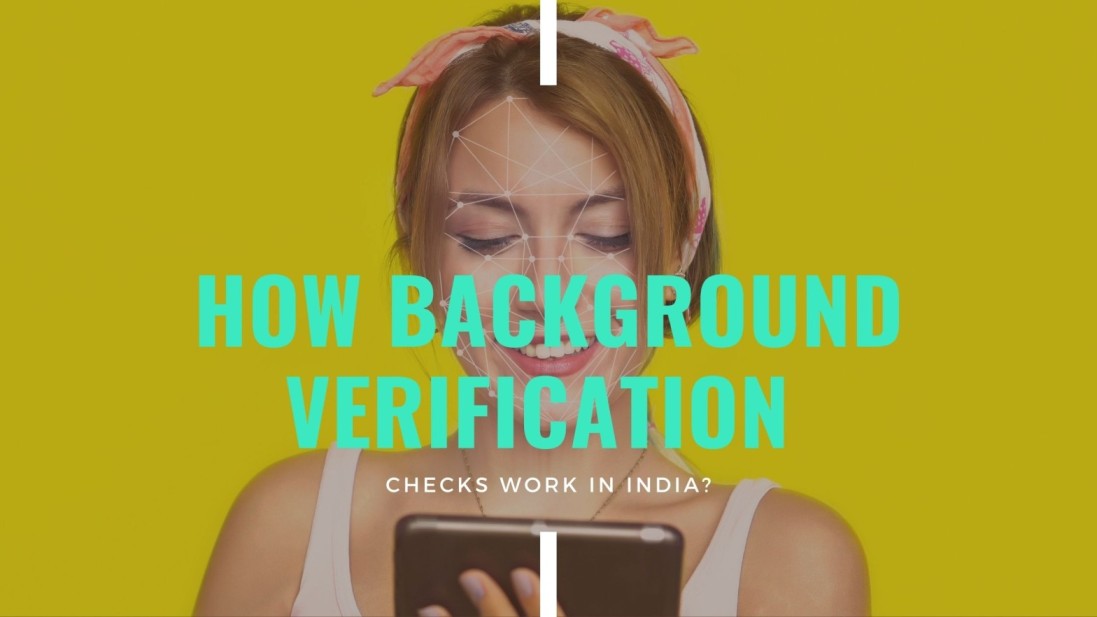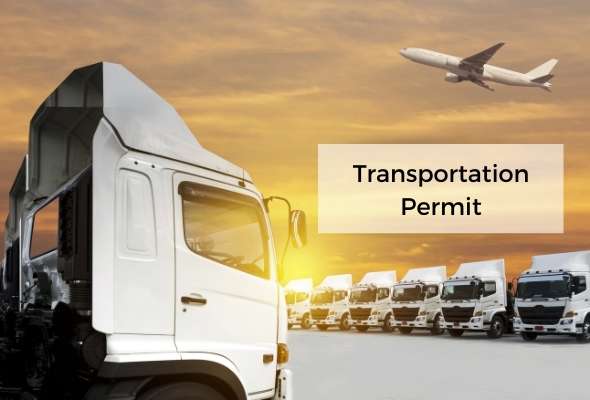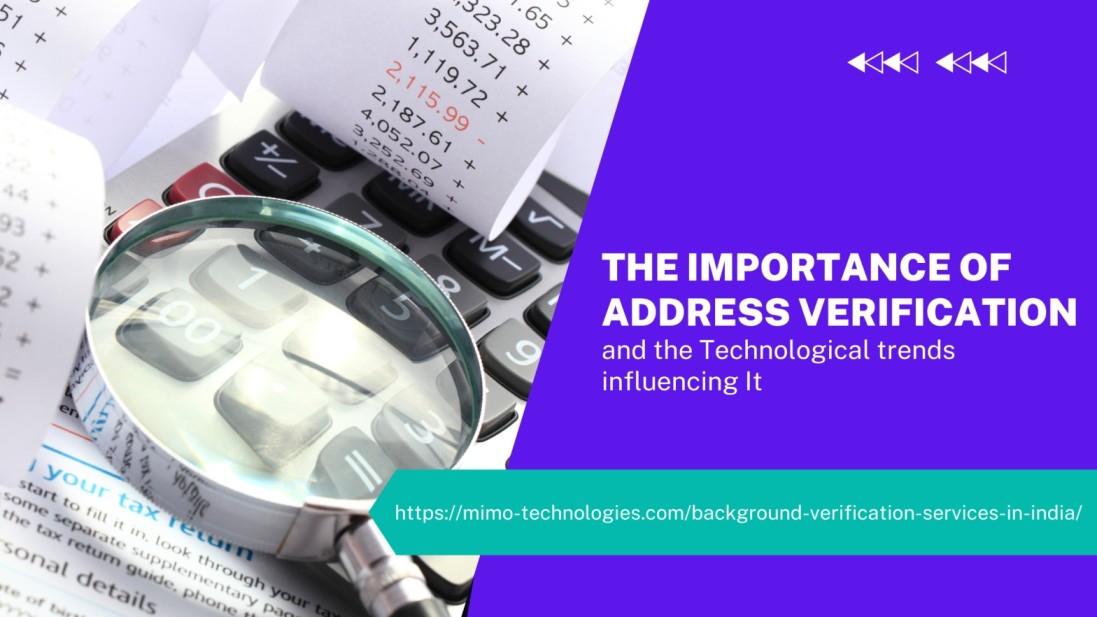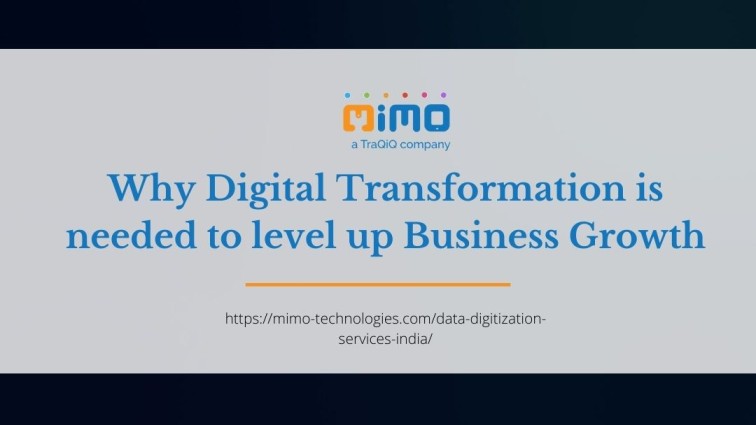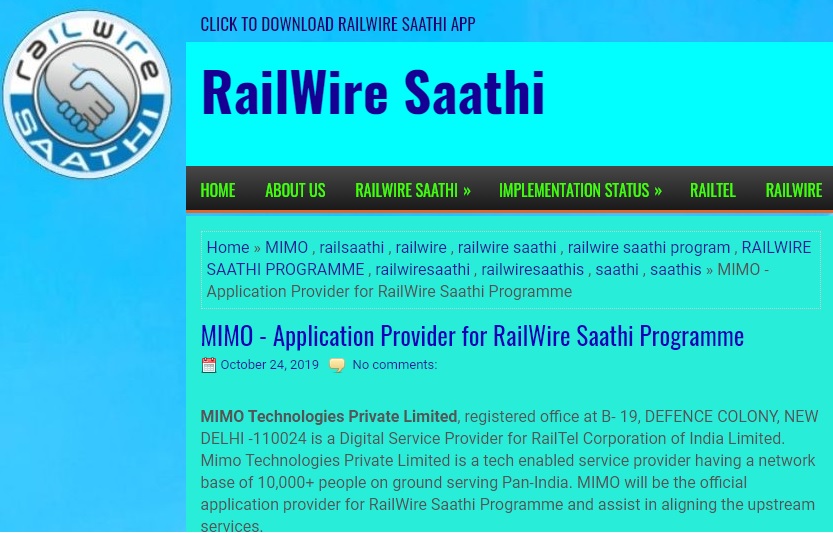
How Background Verification Checks work in India
Background checks are not a service that is “one size fits all.” In fact, it is strongly encouraged that specific searches be conducted by certain sectors based on the positions they fill.
In addition, to the normal background check for entry-level positions, employers must identify each position within their business. Any unique industry-related background checks they feel would help them make an informed recruiting choice (i.e., criminal background check).
The industries that use background checks and searches and how each industry might profit are mentioned here. A company needs to avoid this type of terrible hiring. Many organizations include a background verification check in their hiring process to ensure they choose the right employees. Organizations like Transportation, Educational, Financial Services, Healthcare, Retail, Non-profit organizations, Staffing, Technology, Childcare, Financial institutions, Residential and Commercial living, Tenant verification, etc., have a greater need for background verification. These organizations are more reputable among the people, and hiring the wrong employee can ruin their reputation.
Table of Contents
Profile verification during Customer onboarding
In order to know your customer’s backgrounds, banks and other financial institutions must confirm the identity of their customers. Here’s how to make these quickly and precisely.
In addition to requiring compliance with international legislation, customer verification processes assist banks in evaluating potential legal risks associated with conducting business with potential customers and other co–operants.
Customer verification processes are generally used when :
- Onboarding of customers
- Users' login
- Verifying existing users
- Handling significant transactions
- Fast loans
- Updating private information (change of address, phone number, branch location, etc.)
To make sure that their customers are who they say they are, banks and fintech use a process or combination of protocols. This process enables banks to confirm the legal status of prospective customers, whether they are individuals or companies, through appropriate and significant papers.
Despite the best efforts of customer identification procedures, it does occasionally happen that one can falsify documents, or firm ownership can be concealed via shell corporations.
There are emerging companies that can assist in preventing these particular types of events from happening, even when consumer verification methods are rigorous.
Customer due diligence during a business partnership
Companies must perform CDD (customer due diligence) when creating a business partnership. For instance, businesses must ask for and confirm specific information before forging a relationship with another organization.
Certain regulators permit a streamlined investigation known as Simplified Due Diligence (SDD) when there is a low risk of money laundering. Businesses may need enhanced due diligence, or more thorough verification, in situations with increased risks.
Businesses are not usually required to undergo the entire verification process by financial regulators. SDD is an excellent option for low-risk clients, like well-known governmental entities or private individuals with steady funding sources.
The CDD process has been divided into three parts :
-
Step 1: Obtain data
-
Step 2: Selecting the suitable due diligence path
-
Step 3: Complete Observation
Although CDD criteria vary per industry, they are generally similar. To fulfill AML (anti-money laundering rules) rules and reduce the risks associated with fraud, CDD makes sure you are aware of your business partner‘s identities (in particular, by checking the authenticity of provided documents).
Third-party verification is the best option for companies that onboard businesses. It cuts onboarding time to a few minutes without the need to add more staff to manage the process and boosts conversion rates.
Businesses can select between regular, enhanced, and simplified due diligence based on what they know about the business partner. For instance, it is necessary to acquire original or certified copies of the records that attest to the business’s legal foundation and shareholders to gather information about a client that is a company, including information on beneficial owners.
Why is Background Verification Important for Customers?
Taking everything into account, you must be careful in your onboarding process of your customers, and you can only do that by thoroughly investigating each customer’s background.
Therefore, it is best to do background checks to make informed decisions unless you want workplace safety jeopardized or to go through the arduous customer screening procedure. Of course, it’s the most effective strategy for you!

Why is Background Verification Important for Business?
Background verification is necessary for every industry to prevent fraud. However, the banking and e-commerce sectors are where it matters the most because :
Financial sector
Businesses in the financial sector want to do customer profile verification for both clients and staff. The organization must also verify people to reduce the risk of account takeover, money laundering, and terrorist financing.
E-commerce industry
Due to returned orders, e-commerce suffers significant losses each year. A layer of security is added by address verification services to cut down on fraud and stop financial losses for businesses.
Why is Background Verification Important for Merchants?
Merchants need to know the past of their vendors and business partners. Running a background check helps merchants to ensure they choose a trustworthy and honest business partner.
An unscreened vendor can lead to malpractice or accidents, ruining your customer relationship. Sometimes, merchants choose the wrong partners who were involved in criminal activities and had pending penalties. They may use your money to pay their fines for their illegal activity. Background verification ensures you avoid working with poor vendors.
What Types of Background Verification are Performed in India?
There are different kinds of background verification performed in India, including:
Address Verification
Running address verification is essential whether the person is from the same city or shifted from another. There are two types of processes for this verification, physical and online address verification.
The process of physical address verification involves a field officer who verifies the candidate’s details by visiting their given address. This process also helps you find whether the person lives at a temporary or permanent address and how many people live at the given address.
Online address verification processes require verification of government-issued IDs like Aadhaar cards or any other documents. This process is done digitally. An officer will upload the address verification, and the platform will verify its existence.
Along with address verification, tenant verification also plays a very important role when renting properties to tenants. When legally allowing your home for rent, there are specific procedures to follow. This background check is a step in the rental procedure you take for security.
Identity Verification
Identity verification ensures a candidate is a real person. This verification process usually involves biometric authentication. It can be done by verifying the unique biological characteristics using government-provided IDs, including an Aadhaar card, a driver’s license, or a passport. It can be done using a few biometric technologies such as retinal, fingerprint, face, and voice recognition.
An alternative way to process this verification is online. However, online identification verification involves many different solutions. One of them is copying CAPTCHA.
Employment Verification
Employment verification checks the behavior and experience of an applicant at their previous workplace. The process of this certification is easy. Companies need to contact previous employees or co-workers of the applicant to check its overall organizational behavior.
Education Verification
Education verification involves confirming that the education or any degree or diplomas the applicant claims are accurate. This verification process requires confirming the name and registration number of the applicant. It can be done by tallying the applicant’s name with the institution’s record.
It also verifies the course details and year of passing. A company needs to hire a candidate with the required skills and knowledge. It also checks whether the regulatory bodies declare the institution fake or not.
Criminal Verification

A company checks the criminal records of new candidates using data released by the court in the public domain. The process is done under the Indian Contract Act and the Information Technology Acts of 2000 and 2005. A company can search across the records for cases provided by District Civil Courts, High Courts, and Supreme Court.
Social media is also used as a part of criminal verification. An individual can also check the criminal record of a person online.
Credit Check
A credit check is usually done by organizations dealing with money, like a bank, lender, or service provider. A financial institution can use it to check the financial history of a new applicant.
They can also use an employment credit report that carries all the applicant’s information, like their payment habits, past credit, and type of loans. It helps highlight any debt incurred or any money fraud undertaken by the applicant.
Business Verification/Due Diligence Verification
Due diligence verification is essential for a company. Many online platforms, like Facebook and Google, ask for Business Verification. It helps online platforms to check your identity as a business entity.
For business verification, you will need these things :
- Business credit report.
- Goods and service tax registration certificate (GST).
- Business license and permit from a state, local, or central government.
- Permanent Account Number Card (PAN).
- Udyog Aadhar (UID).
- Shop establishment certificate.
- Business Bank Account Statement.
- Articles of Incorporation.
All online platforms or business apps have different business verification processes. However, most of them require you to upload all the necessary documents and information about your business.
E-KYC Solution
A company typically uses these two methods of KYC verification, including :
- Digital KYC
Aadhaar OTP and Aadhaar-based Biometrics do it. This process takes only a few minutes, and you can perform it from home or the office. However, an executive from KRA will visit your home or office for biometric verification.
- Video KYC
This process is similar to digital KYC verification. However, an official from the MSME invited you to a video call. The verifier authenticates the documents and checks the current location of the person.
How is Background Verification Check Performed in India?
A company runs all background verification processes, from address verification to criminal record checks. All the verification processes are tiresome and take a few weeks to complete. A company verifies this information, including identification checks, drug tests, academic record verification, pre-marriage verification, database verification, and professional reference checks.
Firms search public databases (criminal records) for any evidence of illicit activities. They then dig through your educational records to validate your degrees and certificates. Finally, businesses will check your address. They may even send people to real sites to verify a candidate’s address. However, different companies in India perform background verification checks in various methods. This is how they do it :
- Third-party agencies are hired by large private firms to carry out these checks.
- Small and medium-sized businesses typically delegate all of the work to their HR department.
- Before giving a job, government agencies or PSUs conduct comprehensive background checks.
The Government's Background Verification Efforts
The government is also stepping up its efforts to prevent you from committing fraud. Here are the new tools it is employing to assist firms in conducting background checks on you.
Aadhaar authentication
Aadhaar Authentication involves submitting the Aadhaar number, along with demographic information (such as name, date of birth, gender, etc), to UIDAI’s Central Identities Data Repository (CIDR) for verification, and UIDAI verifies the accuracy of the details submitted or the lack thereof, using the available information.
National Academics Depository (NAD)
The government established NAD to digitize your educational records. NAD may also give trustworthy certificates to verified users because they intend to get every education board and institution in India on board.
National Skills Registry (NSR)
The NSR is the largest database of working professionals that assists businesses in verifying personnel information (if they are registered).
How long does the background verification process take?
Generally, it takes around 1 to 2 days to get a full report on the background verification of specific services, including employment, financial, identity, and education verification, etc. However, this process takes only 3-4 hours when done with MIMOIQ to verify the information of an application.
How can MIMO help?
This is the era where technology is significantly affecting the method of employee background checks and how they can be used. So, like any other industry that technology has transformed, background screening will transform, but for the better, thanks to the immense power of technology.
With the latest technology in operation, MIMO’s background screening services can be used to perform verification quickly and easily by organizations. Companies need to send a request to MIMO for a background check and they can receive all relevant records without delay. This will help you save a lot of time, which you can then utilize for more productive tasks.
By partnering with a third-party background screening company, you will be able to receive all the information you need quickly. Working with a reputable background check firm will save you time and money while also ensuring that you remain compliant in the customer screening process.
Here at MIMO, we are aware of the high levels of transparency, complex legislation, and laws that the financial sector and other industries must adhere to and comply with. MIMO offers all-inclusive background check services with a focus on protection to provide you with the most reliable and up-to-date details.
Get Verification done anywhere in India!
For more information and to avail our Background verification services,
Sign upLike this article?
More To Explore

Elevating Internal Audit to Its Maximum Impact
+91 1141182211 Internal audit serves a critical role in ensuring accountability transparency. It is also well suited for enhancing good

Why is Internal Audit Important for Strengthening Banking Organizations?
+91 1141182211 IA procedures are the cornerstone of a robust banking system. They act as a powerful tool for banks

What are the Numerous Advantages of Auditing and Assurance Services?
+91 1141182211 Financial transparency, risk management, and improved internal controls are all crucial aspects of a healthy organization. But how
